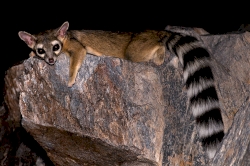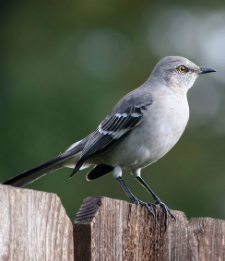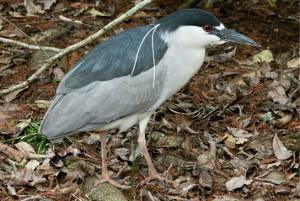Fishing’s Future announces Catch-Photo-Release contest for youth anglers
Non-profit fishing outreach organization to launch contest on Father’s Day, June 21st
By Shane Wilson
Non-profit organization Fishing’s Future has nearly 60 chapters in more than 15 states with the primary mission of getting kids and adults outdoors. In 2014 alone, Fishing’s Future chapters worked with over 100,000 participants – all by unpaid chapter organizers and volunteers. This year the organization anticipates reaching 250,000 youth anglers and parents.
“Positive people bring positive change and that’s what Fishing’s Future is all about,” says founder Shane Wilson. “All across America, families are turning to electronic devices to communicate. Family communication, as it once was, is decreasing and the human connection is slowly being replaced with digital neutrality. Our goal is to get kids and parents back on the water, forging bonds and creating memories that will last a lifetime!”
Along these lines, Fishing’s Future is proud to announce the launch of national Catch-Photo-Release contest for youth anglers on Father’s Day, June 21st, 2015. http://fishingsfuture.org/ The contest is not species-specific and is free for any youth ages 16 and under across the nation.
Contest requirements are simple. All a young angler has to do is catch a fish, photograph it, release it, and write a 200 word (or under) reflection on their angling experience, then submit the photo and mini-essay via the Fishing’s Future Facebook page between Sunday, June 21st, and contest end, August 31st, 2015. http://facebook.com/fishingsfuture
All entries will be reviewed and winners chosen by Fishing’s Future chapter volunteers. Winners will be notified via e-mail and publicized via Facebook.
Grand prize winner will receive a week-long, vacation at beautiful Schlitterbahn Waterpark & Resort on South Padre Island, Texas, for a family of four, airfare courtesy of South Padre island Convention and Visitors Bureau. Grand prize package will also include Black Dragon Pirate Ship cruise, a guided shark fishing excursion and much more! Airfare, hotel and activity expenses covered; food & drink not included.
http://www.schlitterbahn.com/south-padre-island/resort & http://www.sopadre.com/
Second place winner will receive a 2015 Tracker Grizzly 1448 MVX Jon boat and trailer courtesy of the Tracker Marine Group! http://www.trackerboats.com/boat/?boat=3669
Third place winner will receive a Humminbird Helix SI GPS and Old Town Vapor 12 kayak with paddle and PFD. http://www.humminbird.com/Products/HELIX-5-SONAR-GPS/ and http://www.oldtowncanoe.com/kayaks/vapor_angler_family/
And each week four random winners will be drawn to receive rod/reel and tackle prize packages courtesy of Fishing’s Future sponsors Pure Fishing and Plano. http://purefishing.com/ & http://www.planomolding.com/
For more information, please visit http://fishingsfuture.org/













